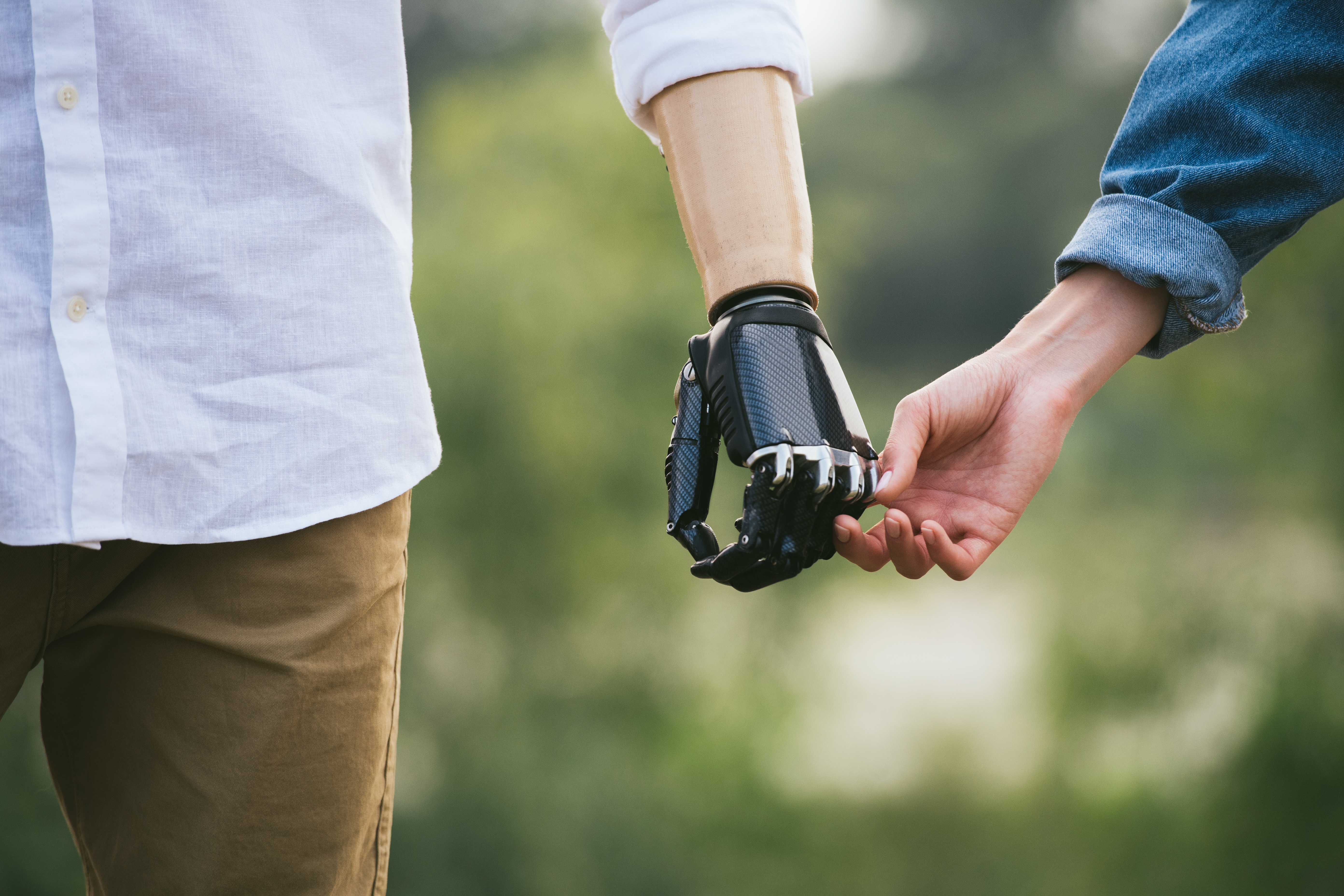A novel tool for developing protheses for restoring motor and sensory function for limb loss and spinal cord patients.
Somatosensory prostheses are being developed as part of the research into motor-brain-machine interfaces. These technologies offer new possibilities for restoring motor and sensory function for patients who have suffered limb loss or spinal cord trauma. A major challenge in this field today is ensuring that the proposed artificial limb will be useable in a wide range of reaching and grasping movements, ideally with same ability as the original unimpaired limb. The way somatosensory information is encoded into electrical stimulation in the brain is very important for designing prostheses that enhance communication between the brain and prostheses, enabling more precise and natural movement.
This SUNY Downstate Health Sciences University technology delivers sensory information to the patient, for example, by restoring a sense of cutaneous touch and limb motion. A biomimetic electrical signal is generated based on (a) a stimulation reference signal applied to a somatosensory region of a nervous system of a reference subject, (b) a stimulated-response signal acquired from a sensory cortex of the reference subject in response to application of the stimulation reference signal to the thalamic nucleus, and (c) a natural-response signal acquired from the sensory cortex in response to peripheral touch stimuli and/or peripheral nerve stimulation of the reference subject. The biomimetic electrical signal is applied to a somatosensory region of a nervous system of the patient to induce an activation response in a sensory cortex of the patient. Stage of Development Technology Readiness Level (TRL) 3 - Experimental proof of concept.

Enables the development of somatosensory prostheses that offer:
• Superior information throughput
• Better sensory discriminability
• More natural movement
This technology is designed for developing prostheses for restoring motor and sensory function in patients that have suffered limb loss or spinal cord trauma.
•
US 9974957 B2 Biomimetic Multichannel Neurostimulation
•
US 10384064 B2 Biomimetic Multichannel Neurostimulation
This technology is available for licensing. This technology will be of value to any company or institution involved in restoring motor and sensory function in patients. This includes:
• Manufacturers of medical protheses
• Hospitals - Rehabilitation facilities
• Research institutions